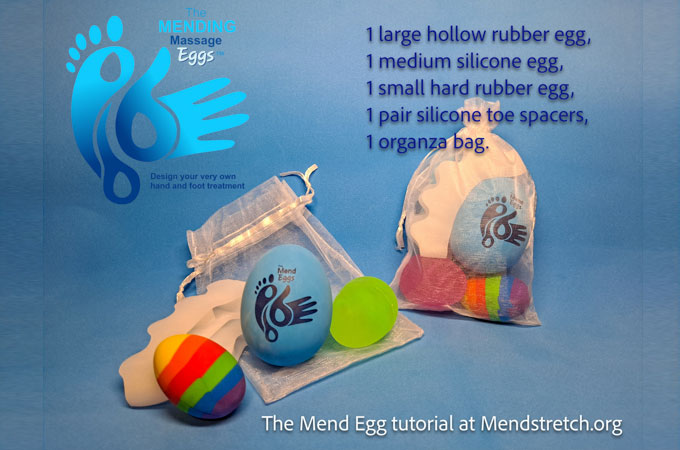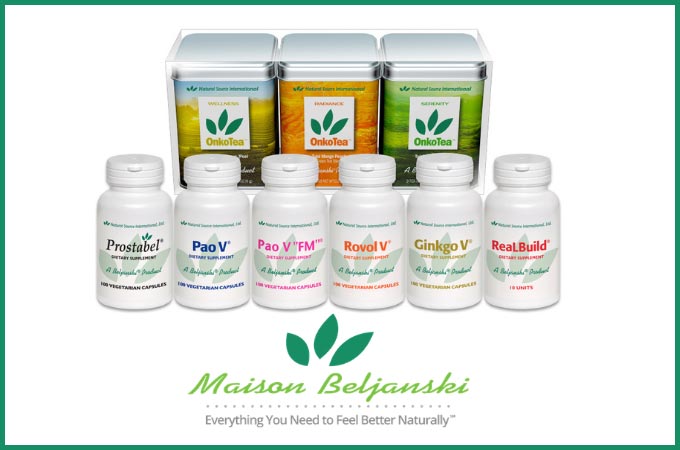Phthalates Are Out Of Children’s Toys, But In Your Food
Just when you thought that phthalates, chemicals added to plastics to make them more flexible, were off your radar, think again.
Back in 2008, after these chemicals were shown to disrupt the endocrine system, the U.S. Consumer Product Safety Commission restricted six phthalates in children’s toys and childcare products. Canadian authorities issued similar regulations the following year.
But a recent study funded by the National Institute for Environmental Health Sciences has found that people are still being exposed to these toxic chemicals via food processing and packaging. They can show up in cream-based dairy products, poultry, cooking oils and other common foods.
The study, by Sheela Sathyanarayana and colleagues at the University of Washington, concluded that “phthalates can migrate into food from plasticized [polyvinyl chloride] materials such as tubing typically used in the milking process, lid gaskets, food-packaging films, gloves used in the preparation of foods, and conveyor belts.” The scientists found that dairy products were particularly likely to become contaminated with phthalates during pasteurization and packaging.
The researchers said that phthalate exposures for infants consuming a typical diet for their age and adolescents eating a diet high in dairy products and meat exceeded the U.S. Environmental Protection Agency’s “reference dose,” meaning estimated safe level, for one particular phthalate known as DEHP.
























